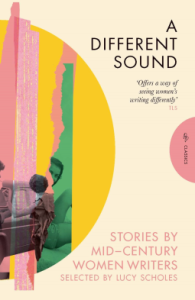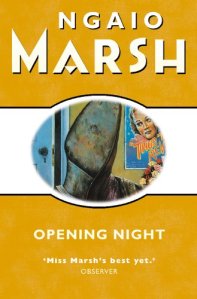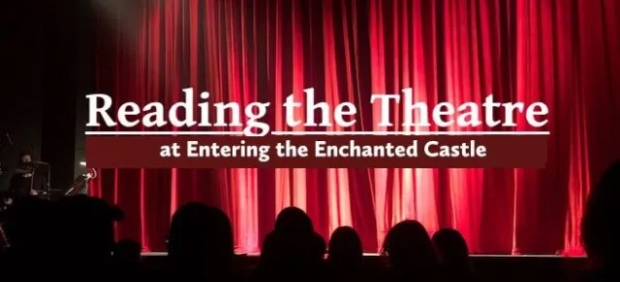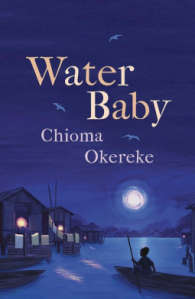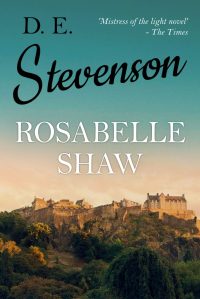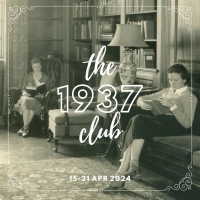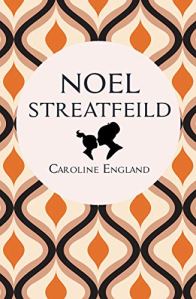 The shortlist for the 2024 Walter Scott Prize for Historical Fiction has been announced today! Thanks to this prize, I have discovered lots of great books and authors over the last few years and always look out for the longlists and shortlists; in fact, trying to read all of the shortlisted titles since the prize began in 2010 is a personal project of mine (you can see my progress here).
The shortlist for the 2024 Walter Scott Prize for Historical Fiction has been announced today! Thanks to this prize, I have discovered lots of great books and authors over the last few years and always look out for the longlists and shortlists; in fact, trying to read all of the shortlisted titles since the prize began in 2010 is a personal project of mine (you can see my progress here).
From the longlist of twelve books which was revealed in February, I had previously read Cuddy by Benjamin Myers, Music in the Dark by Sally Magnusson, For Thy Great Pain Have Mercy on My Little Pain by Victoria MacKenzie and My Father’s House by Joseph O’Connor. Since the longlist announcement, I have also now read The Fraud by Zadie Smith and Hungry Ghosts by Kevin Jared Hosein (not yet reviewed). But did any of the books I’ve read make the shortlist? Let’s find out…
The 2024 Walter Scott Prize Shortlist
 The New Life by Tom Crewe (Chatto & Windus)
The New Life by Tom Crewe (Chatto & Windus)
London, 1894. John and Henry have a vision for a new way of life. But as the Oscar Wilde trial ignites public outcry, everything they long for could be under threat.
After a lifetime spent navigating his desires, John has finally found a man who returns his feelings. Meanwhile, Henry is convinced that his new unconventional marriage will bring freedom. United by a shared vision, they begin work on a revolutionary book arguing for the legalisation of homosexuality.
Before it can be published however, Oscar Wilde is arrested and their daring book threatens to throw them, and all around them, into danger. How high a price are they willing to pay for a new way of living?
***
 Hungry Ghosts by Kevin Jared Hosein (Bloomsbury)
Hungry Ghosts by Kevin Jared Hosein (Bloomsbury)
On a hill overlooking Bell Village sits the Changoor farm, where Dalton and Marlee Changoor live in luxury unrecognisable to those who reside in the farm’s shadow. Down below is the barrack, a ramshackle building of wood and tin, divided into rooms occupied by whole families. Among these families are the Saroops – Hans, Shweta, and their son, Krishna, who live hard lives of backbreaking work, grinding poverty and devotion to faith.
When Dalton Changoor goes missing and Marlee’s safety is compromised, farmhand Hans is lured by the promise of a handsome stipend to move to the farm as watchman. But as the mystery of Dalton’s disappearance unfolds their lives become hellishly entwined, and the small community altered forever.
Hungry Ghosts is a mesmerising novel about violence, religion, family and class, rooted in the wild and pastoral landscape of 1940s colonial central Trinidad.
***
 My Father’s House by Joseph O’Connor (Harvill Secker)
My Father’s House by Joseph O’Connor (Harvill Secker)
September 1943: German forces occupy Rome. SS officer Paul Hauptmann rules with terror.
An Irish priest, Hugh O’Flaherty, dedicates himself to helping those escaping from the Nazis. His home is Vatican City, a neutral, independent country within Rome where the occupiers hold no sway. He gathers a team to set up an Escape Line.
But Hauptmann’s net begins closing in and the need for a terrifyingly audacious mission grows critical. By Christmas, it’s too late to turn back.
Based on a true story, My Father’s House is a powerful thriller from a master of historical fiction. It is an unforgettable novel of love, sacrifice and what it means to be human in the most extreme circumstances.
***
 In the Upper Country by Kai Thomas (Penguin Canada)
In the Upper Country by Kai Thomas (Penguin Canada)
In 1859, deep in the forests of Canada, an elderly woman sits behind bars. She came to Dunmore via the Underground Railroad to escape enslavement, but an American bounty hunter tracked her down. Now she’s in jail for killing him, and the fragile peace of Dunmore, a town settled by people fleeing the American south, hangs by a thread.
Lensinda Martin, a smart young reporter, wants to gather the woman’s testimony before she can be condemned, but the old woman has no time for confessions. Instead she proposes a barter: a story for a story.
As the women swap stories – of family and first loves, of survival and freedom against all odds – Lensinda must face her past. And it seems the old woman may carry a secret that could shape Lensinda’s destiny.
***
 Absolutely and Forever by Rose Tremain (Chatto & Windus)
Absolutely and Forever by Rose Tremain (Chatto & Windus)
Marianne Clifford, teenage daughter of a peppery army colonel and his vain wife, falls helplessly and absolutely for eighteen-year-old Simon Hurst, whose cleverness and physical beauty suggest that he will go forward into a successful and monied future, helped on by doting parents. But fate intervenes. Simon’s plans are blown off course, he leaves for Paris and Marianne is forced to bury her dreams of a future together.
It is Marianne who tells this piercing story of first love, characterising herself as ignorant and unworthy, whilst her smart, ironic narration tellingly reveals so much more. Finding her way in 1960s Chelsea, and supported by her courageous Scottish friend, Petronella, she continues to seek the life she never stops craving. And in Paris, beneath his blithe exterior, Simon Hurst continues to nurse the secret which will alter everything.
***
 The House of Doors by Tan Twan Eng (Canongate)
The House of Doors by Tan Twan Eng (Canongate)
It is 1921 and at Cassowary House in the Straits Settlements of Penang, Robert Hamlyn is a well-to-do lawyer and his steely wife Lesley a society hostess. Their lives are invigorated when Willie, an old friend of Robert’s, comes to stay.
Willie Somerset Maugham is one of the greatest writers of his day. But he is beleaguered by an unhappy marriage, ill-health and business interests that have gone badly awry. He is also struggling to write. The more Lesley’s friendship with Willie grows, the more clearly she see him as he is – a man who has no choice but to mask his true self.
As Willie prepares to leave and face his demons, Lesley confides secrets of her own, including how she came to know the charismatic Dr Sun Yat Sen, a revolutionary fighting to overthrow the imperial dynasty of China. And more scandalous still, she reveals her connection to the case of an Englishwoman charged with murder in the Kuala Lumpur courts – a tragedy drawn from fact, and worthy of fiction.
~
So, of the six books I’ve read from the longlist, only two of them have appeared on the shortlist! I’m very surprised not to see Cuddy here as I thought it was the sort of book the judges would have gone for – but obviously not. Of the two that I’ve read, I enjoyed My Father’s House but didn’t like Hungry Ghosts very much, for reasons I’ll explain when I post my review. I’ve also just started reading The House of Doors, but it’s too early to say what I think of it yet.
What do you think? Have you read any of these or would you like to read them?
The winner will be announced at the Borders Book Festival in Melrose in June.



